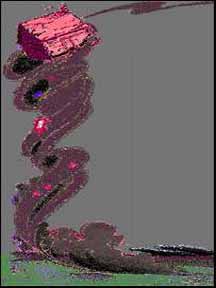Illustrated tornado from the book The Wizard of Oz
© W. R. Wright, Piglet Press Inc. (www.halcyon.com/piglet/)
Tornado Notification
Tornadoes are very dangerous so it's important to know when they may form
so you can take shelter. Forecastors at the National Weather Service are
always looking for possible storms. Even though nobody knows for certain
how tornadoes
form, they do know
when conditions are most likely for them to form. When the conditions
are likely, the Storm Prediction Center issues a tornado watch. These
watches usually last from four to six hours.
When a tornado watch is issued, local
storm spotter networks
activate. If a spotter sees a storm, the local Weather Service office
will issue a tornado warning for the local area near the tornado. They
can also issue warnings based on
radar images.
Meteorologists us certain radar echos to help
forecast tornadoes.
If there is a warning issued for your area, you may hear about it from
different sources. Most cities have tornado sirens to alert people to the
danger. Also, using a new network called the
Emergency Alert
System, people can hear about warnings right away. Unlike the
old system, the EAS will only notify you of warnings in your county and it
is able to electronically turn on your radio or television when there is
an emergency.
You might also be interested in:

What types of instructional experiences help K-8 students learn science with understanding? What do science educators teachers, teacher leaders, science specialists, professional development staff, curriculum designers, school administrators need to know to create and support such experiences?
...more
Meteorologists use radar to forecast where tornadoes might form. But, the radar can't detect actual tornadoes. People are needed to do that. The National Weather Service can't rely on tornado reports from
...more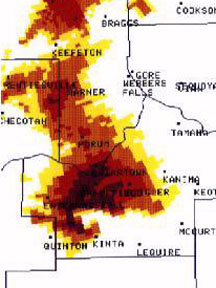
It's hard to forecast tornadoes. They don't last very long and are also very complicated. Scientists don't really know how they form, but they do where they tend to form. Using what they know about the
...more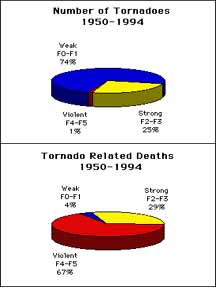
Most of the world's tornadoes happen in the United States. The area where most of them occur is know as Tornado Alley. There are about 750 tornadoes each year in the U.S. and about 100 people each year
...more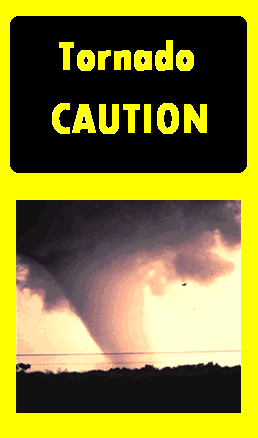
The best way to protect you and your family from being injured or killed from a tornado comes from being prepared and knowing what to do. Families can prepare for a storm before it arrives. The first step
...more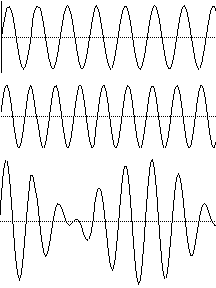
Sound travels in waves. You hear sound because waves hit your ear. Sound waves are similar to ocean waves. They both have a certain frequency. The frequency is measured in hertz, which is one cycle per
...more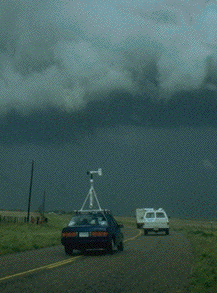
Storm chasers are different than storm spotters. Chasers travel around Tornado Alley looking for severe storms and tornadoes. This area in the Great Plains is the best for chasing because of the frequency
...more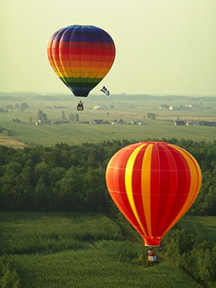
A tornado is the most intense force in nature. That doesn't mean it's the most powerful. In fact, a thunderstorm can be 40,000 times more powerful than a tornado. Then why aren't thunderstorms as dangerous
...more
